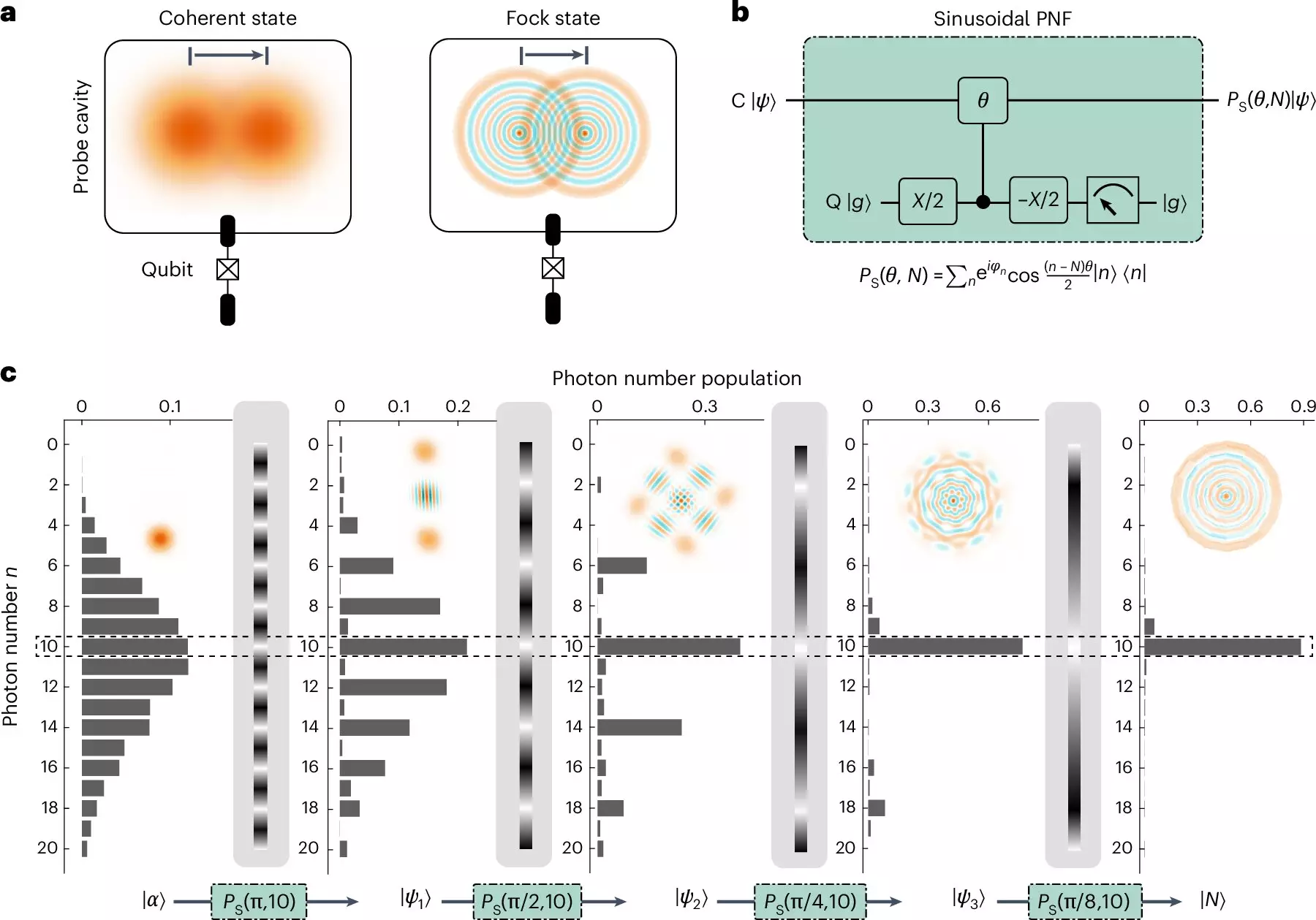The quest for incredibly accurate measurements is foundational in the realm of scientific inquiry. A plethora of fields, from physics to engineering, relies on precise data to drive research and innovation. The traditional measurement techniques often fall short, especially at the quantum level, where phenomena become increasingly intricate. As scientists delve into the subtleties of quantum mechanics, they seek to adopt methods that transcend the limitations of classical measurements. Among these new methodologies, quantum-enhanced metrology emerges as a groundbreaking concept, promising significantly improved accuracy through the utilization of non-classical states of light and particles. Nonetheless, implementing these advanced techniques has proven daunting, primarily due to the challenges associated with stabilizing and manipulating non-classical states.
A recent study conducted by researchers from the International Quantum Academy, Southern University of Science and Technology, and the University of Science and Technology of China has made notable strides in quantum-enhanced metrology. Their work, published in Nature Physics, proposes a novel approach to generate large Fock states — states that describe a specified number of photons — with nearly 100 photons. By focusing on the precise measurement of weak microwave electromagnetic fields, they have introduced a method that harnesses the unique interference property of microwave Fock states within superconducting cavities. This innovative approach could reshape our understanding of metrology at the quantum level.
Central to this new method is the generation of large Fock states, which enables the measurement of weak signals with remarkable precision. The research team, led by Yuan Xu, implemented a dual-photon number filter strategy that comprises sinusoidal and Gaussian photon number filters (PNFs). The sinusoidal filter operates by selectively blocking photon numbers, effectively acting as a grating that enhances measurement precision. Simultaneously, the Gaussian filter refines the photon number distribution, focusing on a desired Fock state.
What makes this approach particularly impressive is its efficiency. Xu elaborated that the circuit depth required for generation scales logarithmically with the photon number, a considerable improvement over previous methods that adhered to polynomial scaling. This efficient strategy not only simplifies the process but also makes it feasible to work with larger photon numbers, thus expanding the potential for high-precision measurements in real-world applications.
The research team’s experiments demonstrated that this newly-developed technique effectively eclipsed traditional measurement methods, achieving a metrological gain of 14.8 dB. This represents a significant improvement, bringing the measurements closer to the Heisenberg limit, a theoretical boundary of precision that describes the ultimate limits of measurement accuracy in quantum mechanics. The ability to generate Fock states containing nearly 100 photons marks a groundbreaking achievement, setting a new standard in microwave Fock state generation.
These advancements not only validate theoretical predictions of quantum effects but also yield practical implications across numerous scientific disciplines. From enhancing radiometric measurements to advancing the detection of weak forces and dark matter, the innovations brought forth by this research hold transformative potential.
Reflecting on their work, the researchers expressed optimism about the implications of their findings. The infusion of quantum mechanics into metrology opens vistas for further exploration and experimentation in various domains. In pursuit of this goal, Xu and his team have outlined future directions focused on enhancing the coherence of their quantum systems and developing scalable control techniques.
This forward-thinking approach seeks to achieve even higher photon numbers, which could result in greater metrological gains. As the quest for precision continues, the integration of quantum technologies into practical applications becomes increasingly attainable.
The emergence of enhanced quantum metrology techniques signals a paradigm shift in how measurements can be approached at the quantum level. Through meticulous research, the combination of innovative photon number filters has provided a pathway to profound improvements in measurement accuracy. As the challenges of manipulating non-classical quantum states diminish, the potential for breakthroughs in fields ranging from fundamental physics to applied sciences expands exponentially. The implications of this research are vast, with the promise of transformed methodologies paving the way for future discoveries that may significantly alter our understanding of the universe.


Leave a Reply